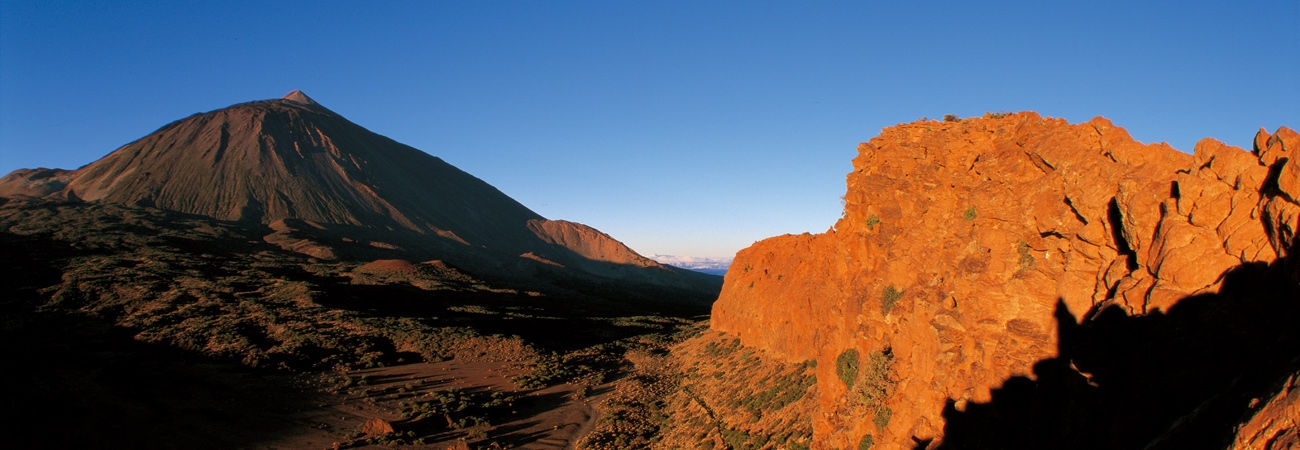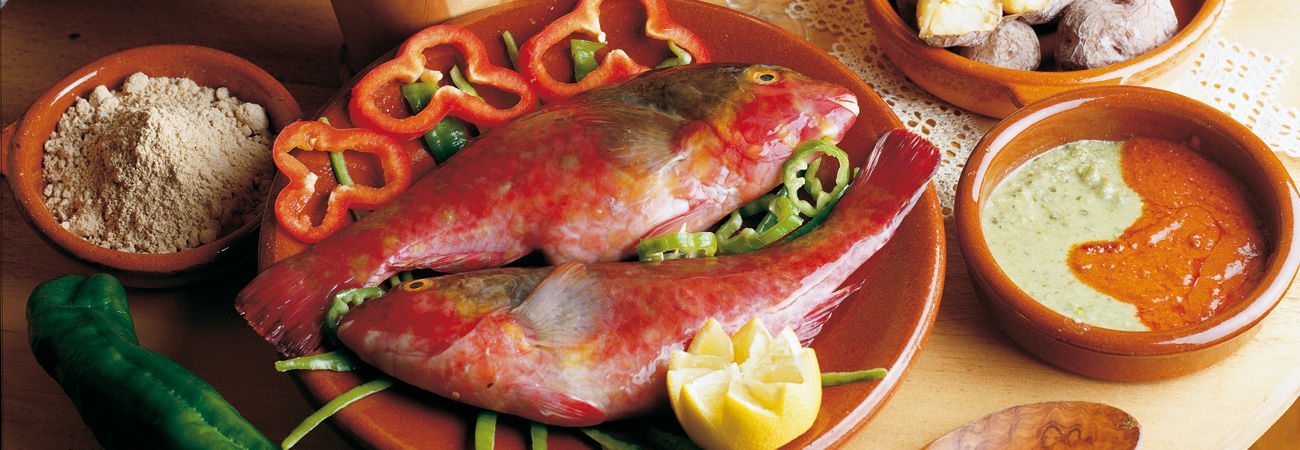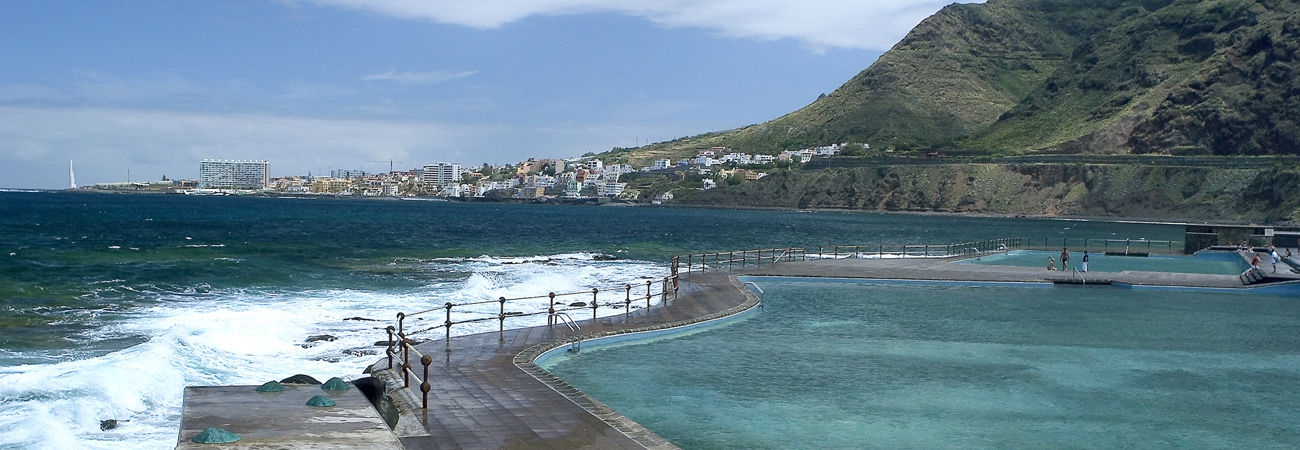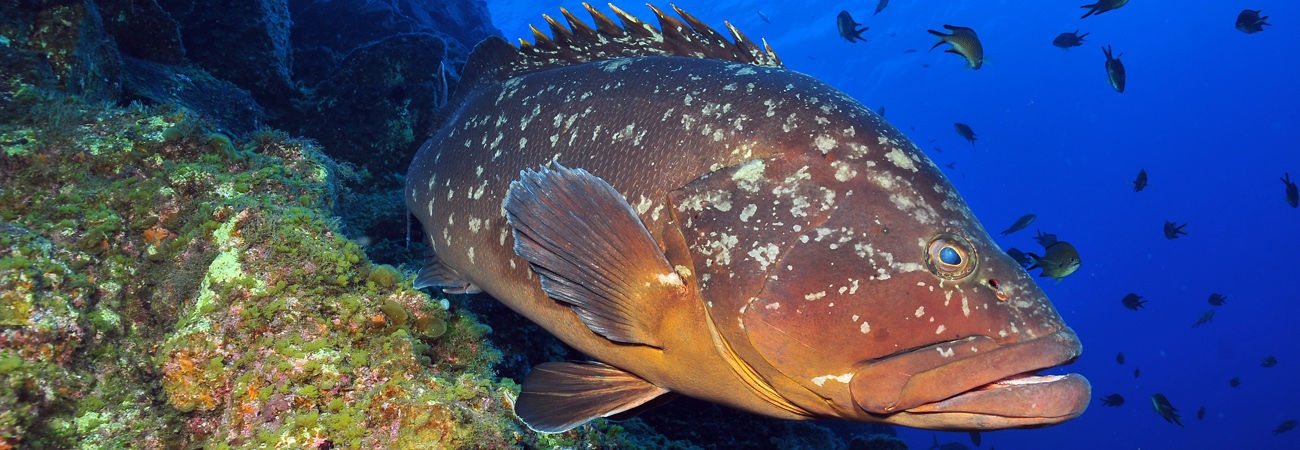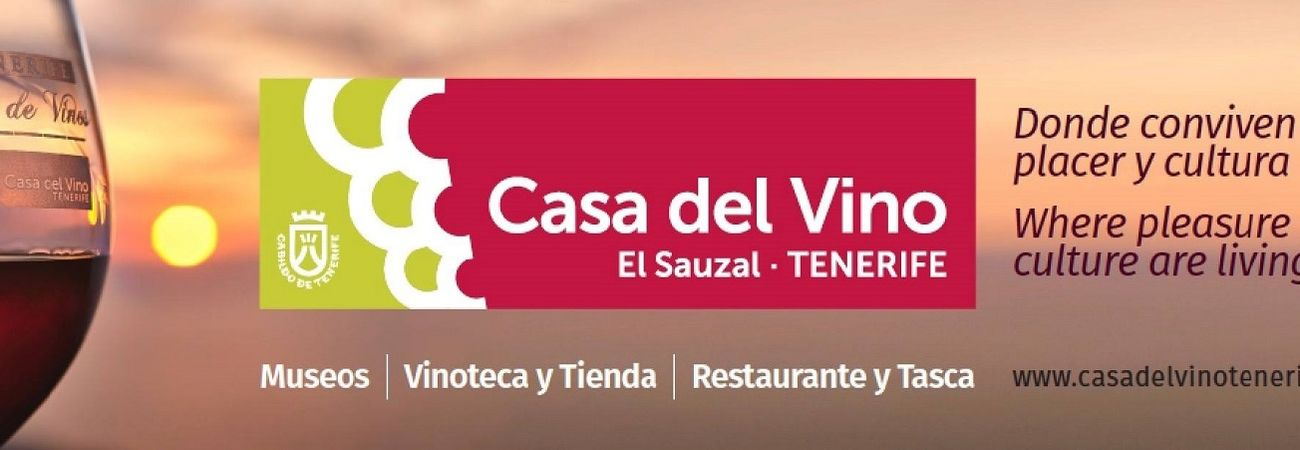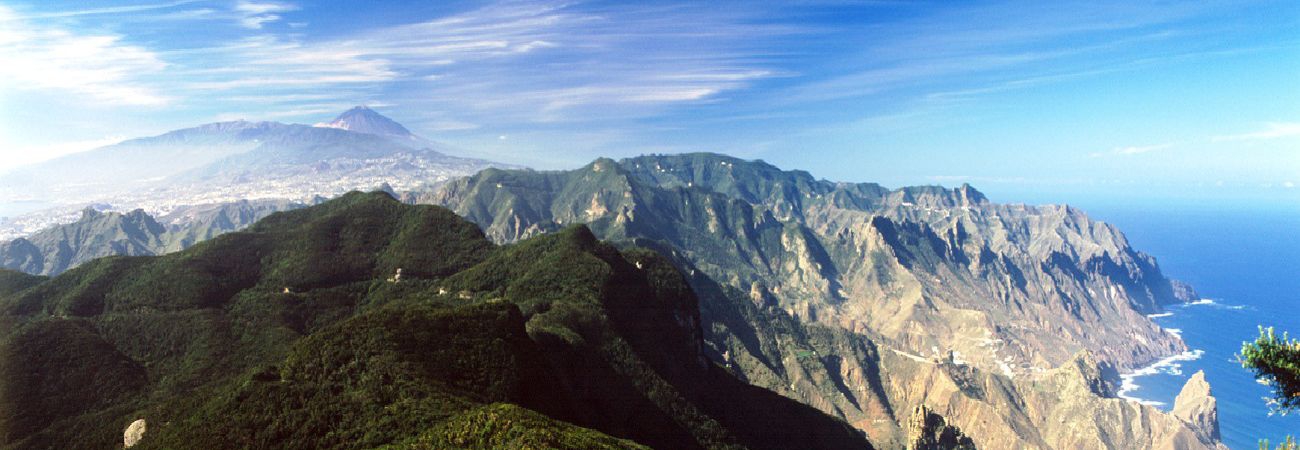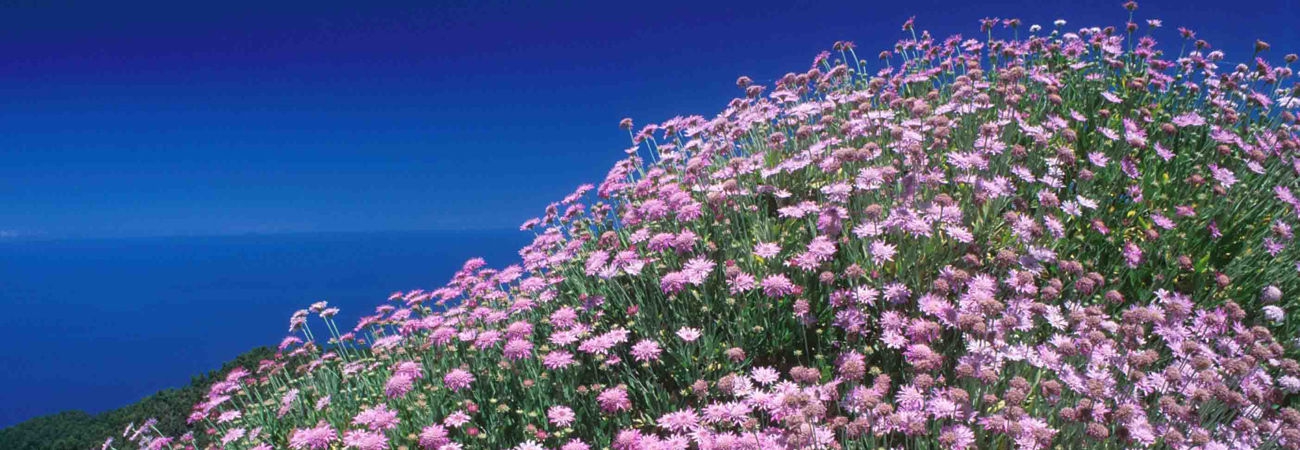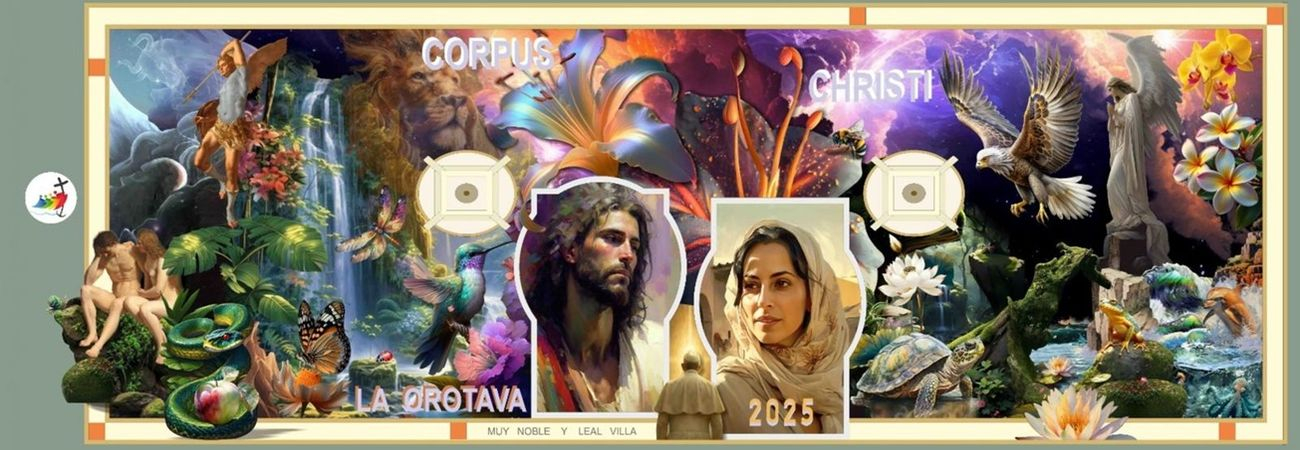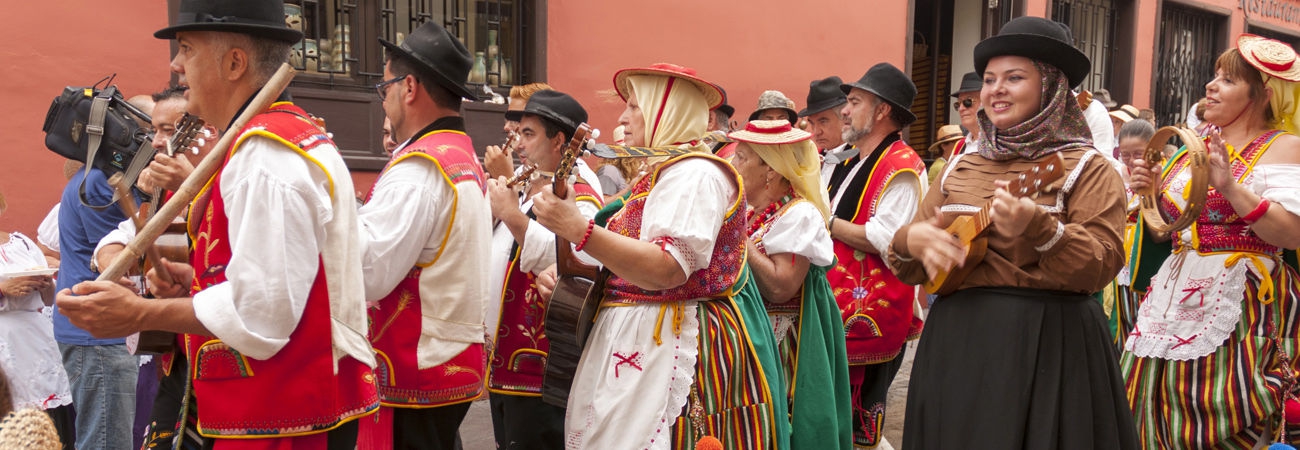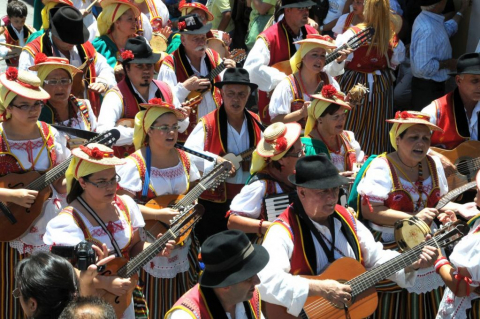Folklore
Canary Island folklore has evident mainland influences (Spanish and Portuguese), although it has also found inspiration in South America, with whom it has so many ties, and also draws on its own native history and experience. Where these native roots can be most clearly seen is in certain airs from islands such as El Hierro and La Gomera.
From this melting pot has emerged a popular music with a clear personality of its own, although the "isa" is derived from the "jota" and one of the most popular songs is called a "malagueña" (from Malaga). The "folia", rhythmic and sensitive, and the "tajaraste", cheerful and syncopated are the four most typical airs of Canary Island folklore music. To understand the full wealth of Canary Island music, other not so well known songs must also be added, like the "tango de la Florida", the "aires de Lima", the "sirinoque", etc. The local musical instrument par excellence is the timple, a sort of small, four or five-string guitar - this depends on which island it comes from - which has an extraordinary sound and enormous potential as a solo instrument in the hands of experts like Totoyo Millares and Jose Manuel Aldana. Canary Island folklore has been studied and renovated in recent years by solo artists and groups that have had major successes in their investigations and big hits with their music. They include "Los Sabandeños" - the most successful - and "Añoranza" from Tenerife, "Los Gofiones" from Gran Canaria and "Taburiente" from La Palma.
FESTIVALS
Sabandeño Festival. La Laguna, Fiestas del Cristo, September. International Folklore Festival. Los Cristianos, August. International Folklore Festival. La Laguna, July.







